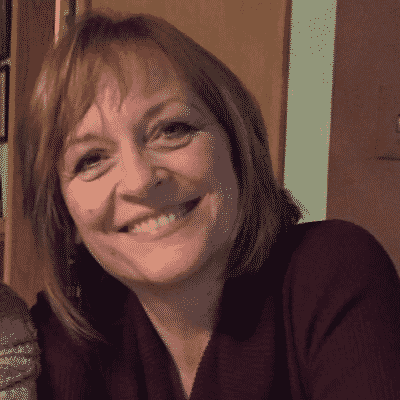Can changing the way we medically treat gunshot wounds stem gun violence?
If you watch local news in Chicago, you can’t escape stories about the city’s gun violence. But the stories don’t often go beyond the shootings themselves — and neither do most medical treatments.
As of early December 2022, gun violence has killed 583 people, according to the Mayor’s Office of Violence Reduction. What sometimes gets lost amid these tragedies: the thousands who survive their shootings and the chronic conditions they endure as a result.
Nonfatal firearm injuries “are vastly underreported,” yet can cause lasting harm to victims, their families, and their communities, said Selwyn O. Rogers, Jr., MD, section chief of trauma and acute care surgery at University of Chicago Medicine. Rogers spoke at an Association for Health Care Journalists summit in Rosemont this past October. The conference focused on gun violence as a public health issue.
About 80,000 Americans survive gunshot injuries each year in America. This compares to 45,000 people killed nationwide. In Chicago as of early December 2022, 2,708 people have survived gunshot injuries.
Survivors face complex, and often layered, challenges, Rogers said:
- 40% will have increased pain.
- 51% have a greater incidence of psychiatric disorders, such as post-traumatic stress disorder and anxiety.
- 85% see an increase in substance use disorders.
Additionally, about 45% of people who survive an intentional firearm injury will be shot again within five years, studies show — likely due to many survivors living in communities with high violence rates.
Getting to the root of the issue
Rogers noted that hospitals may care for gunshot victims’ wounds, but they typically neglect to address root problems, unlike with other chronic conditions such as heart disease and diabetes.
“Just because we can fix the bone and we can fix the bowel and we can stop the bleeding, we haven’t really fundamentally changed that person’s life, the context of their life,” Rogers said at the conference. Instead, too often, patients are discharged back into at-risk communities, particularly on the south and west sides of Chicago. High rates of poverty, unemployment, and gun violence plague these neighborhoods — the results of structural racism going back decades.
Consider how the medical system handles gunshot wounds compared to how it deals with other conditions. Someone with a heart attack, for example, receives surgery, medications, and evaluations to check for risk factors, such as smoking or high triglycerides. Patients don’t get discharged unless there’s a plan to treat these, Rogers said. This doesn’t happen with firearm injury survivors.
Nor is there care for the the injured person’s loved ones — people who weren’t shot themselves, but still suffer physical or mental health consequences from witnessing gun violence.
For children who grow up with trauma, their brains may develop abnormally, Theresa Valach, clinical director of the Chicago Child Trauma Center at La Rabida Children’s Hospital, said at the conference.
She called stress hormones such as cortisol and adrenaline “toxic to brain development,” potentially causing developmental delays and maladaptive coping behaviors. These include difficulty sleeping, “living in a fight-flight-freeze state just trying to protect yourself and stay safe,” and overeating, which can lead to obesity, diabetes, and heart disease. Children might develop defense mechanisms necessary for their survival, becoming mistrustful of the world and its institutions, including healthcare providers. This impedes their ability to make healthy connections and receive care, Valach said.
“One of the biggest barriers in healing from trauma is we need to try to help children feel safe, and how do we return them to a community that still isn’t safe? How do you tell children and adults that you can live in this world and you’re safe, when you’re not?” Valach said.
Intervention is key
One way UChicago Medicine is trying to win trust and assist gunshot survivors is through its violence intervention program, based in the hospital’s trauma center. The program employs trained peers — people from at-risk communities, including those who have been gun violence victims themselves. This gives the specialists street credibility, especially with the young Black men who are frequently targets of gun violence, Rogers said.
“I share some of the same trauma or fear of the neighborhoods that they may have too, and that just kind of helps me relate to where they’re coming from, and calm them and assist them,” said Bruce Stamps, one of 19 violence recovery specialists who respond 24/7 to shooting victims and their families at UChicago Medicine.
“Our trauma team will take care of the physical, but we want to work with them on what has been disrupted outside the hospital, so that we can reduce the chance of them being reinjured,” Stamps said.
For example, Stamps guides shooting survivors toward jobs, places to live, education opportunities, and other community programs and resources, depending on which risk factors they need addressed.
Treating gun violence victims “the way we deal with heart disease and cancer and strokes, we’ve got to scale up significantly from where we are if we’re going to have a real, efficacious impact on this problem,” Rogers said.
A desire for change is a first step. “We just have to have the will as a nation to effect change,” Rogers said.

Lorna Collier is a health and education writer whose articles have appeared in the Chicago Tribune, Next Avenue, USNews.com and many others.












